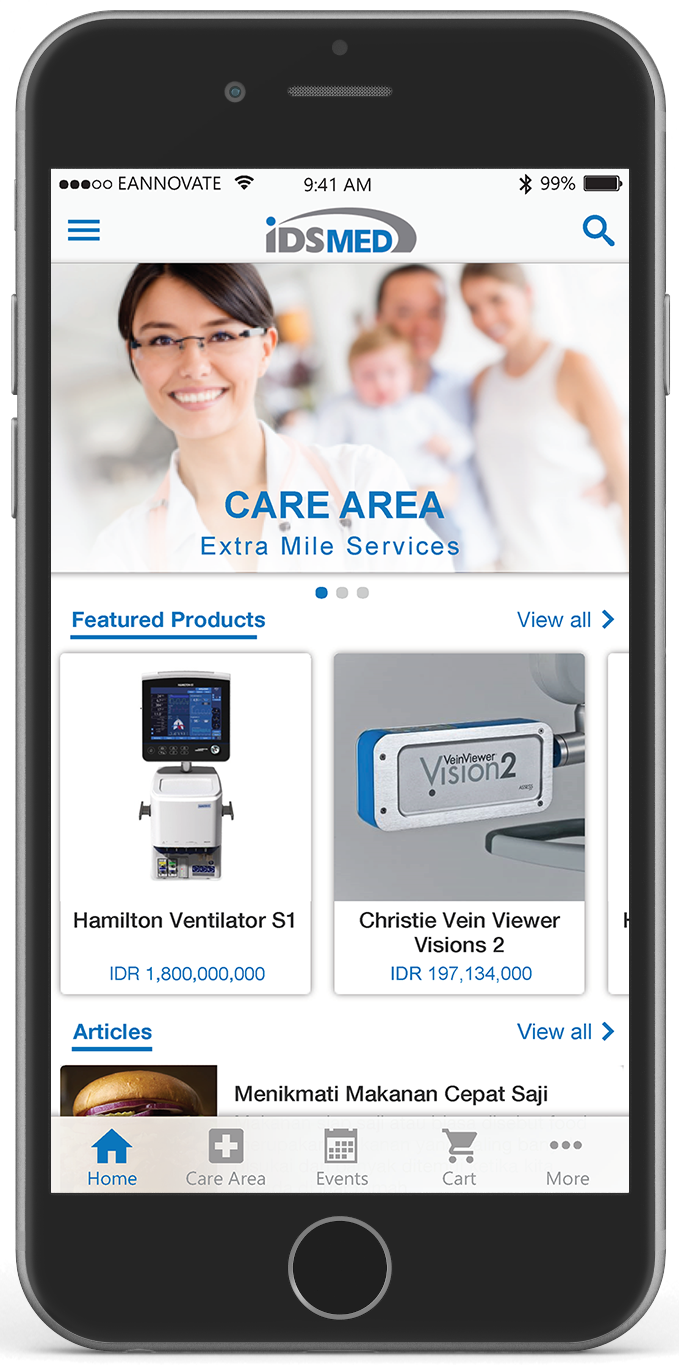The Point of Care Communications Council (POC3), an industry association dedicated to advocating for the effective use of the point of care (POC) channel to advance health and healthcare outcomes, recently held its annual meeting in New York to discuss how to elevate healthcare at the POC. Whether we come from clinical, marketing, patient education, or analytics disciplines, we all have the same concern: How to better engage patients using their physical presence at the POC as a core part of their patient journey. Healthcare providers and marketers must “compete” for patients’ attention as digital technology envelops their lives. And, while pharma in general has been conservative about employing new innovations, we understand the need to be part of this (r)evolution and are actively working to adopt new technologies in order to better engage patients both at the POC as well as at other points across their patient journey.
Marketers can target patients along the patient journey, from pre-visit symptom inquiry to post-visit condition research, including those moments of truth in the physician’s office, engaging with them at each critical decision point. POC marketers are leveraging digital technologies to match the individual preferences of their schedules, lifestyles, and preferences for consuming information.
2016 saw a breakthrough of healthcare-compliant technologies. Geo-fencing, with ads and patient education being sent to mobile devices within a highly defined geographic area in and around physician offices, gained traction. Studies show that 50% of patients in the physician’s waiting room use mobile devices and 18% are accessing healthcare information, underscoring the value of this immersive moment. Highly specific condition- and/or specialty-related information is often targeted within the office, while geo-fences are extended to broader geographic areas for the delivery of information around conditions affecting larger patient populations.
Targeting messages to desktop and mobile devices complements marketing at the POC by enabling more touchpoints along the patient journey. In particular, contextual, page-level programmatic targeting enables marketers to provide patients with educational content or advertising that is contextually relevant, regardless of whether the information appears on a dedicated health website or via another premium site, including online newspapers and other information sources. This contextual marketing enables marketers to expand their reach and provide patients valuable information whether the patient is in the initial stages of researching symptoms or is educating themselves about a specific condition post-diagnosis.
As we move into 2017, we can expect that healthcare marketers will be designing marketing plans which employ a more comprehensive multichannel approach – evolving from planning models that can often be outdated. This includes relevant and engaging waiting room television programming, interactive exam room tablets, and mobile marketing which combine to mobilize the patient from disease awareness to treatment. Surveys have shown that patients wish to manage their healthcare online, enabling the opportunity to engage them more often in-between physician visits. The trend spans all age groups, including 53% of seniors, age 65 or older, who note that they use health technology “at least a few times a month” to manage their health.
We anticipate that telehealth will gain prominence as a POC channel. Telehealth is currently poised to realize exponential growth, with a projected jump from 800,000 virtual consults in 2015 to 7 million by 2018, reaching a market size of $38B. Supported by changes in legislation and Medicare billing, physicians will use telehealth platforms to see more patients. At the same time, patients appear ready for virtual consults, with recent data showing 80% of patients are open to telemedicine. Marketers will leverage virtual waiting rooms and virtual exam rooms to enrich the patient experience with patient education, brand information and other health-related content.
Innovative virtual reality (VR) applications will continue to develop to both promote patient education and as a clinical tool. While VR is in its initial stage, data show 96% of physicians expressing an opinion that VR engagement can be more valuable than websites and other clinical tools. Other experts forecast VR to be a $150 billion industry by 2020. The VR opportunity to explore patient and provider education through richly immersive therapeutic and behavioral visualizations and enhanced anatomical modeling further supports the trend toward increasingly meaningful and deeply relevant education for patients.
Overall,the POC segment continues to grow at a faster pace than overall DTC spending, which itself is firmly back on the rise supporting a steady flow of major drug introductions. The customizable power of POC advertising addresses the trend toward personalized medicine, resulting in more customized communications to targeted patient populations. At the same time, more patients are engaging in healthcare due to an increased prevalence of chronic conditions, an aging population, and greater access to care, placing health and wellness at the top of mind.
As it continues to evolve and expand, the POC channel will remain a highly effective and measurable tool for pharma brand marketers. The return on marketing investment at the POC, whether measuring new prescriptions, conversions, or adherence rates, continues to perform exceptionally well relative to other forms of promotion and with digital innovation, the ability to impact the broader patient journey is greater than ever.
Source: http://www.dtcperspectives.com/digital-revolution-healthcare-2016-trends-will-evolve-year-ahead/














